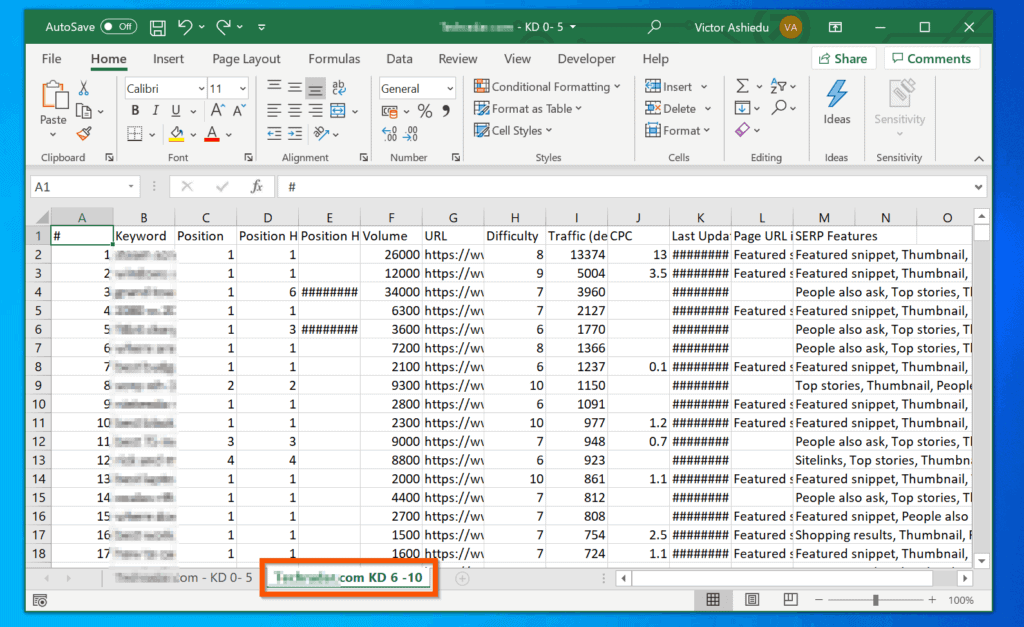5 Easy Steps to Merge Multiple Excel Sheets

Merging multiple Excel sheets can be a daunting task, especially if you're dealing with a significant amount of data. However, with a few straightforward steps, you can consolidate your data efficiently, whether for financial reports, inventory, or customer data. Here’s a detailed guide on how to merge multiple Excel sheets effortlessly.
Step 1: Understanding Your Data


Before diving into the merging process, it’s crucial to:
- Verify compatibility: Ensure that all sheets contain the same data structure.
- Identify the purpose: Define what you want to achieve with the merged data, which helps in choosing the right merging method.
- Check data consistency: Look for uniformities in data formats, headers, and types.
Step 2: Prepare Your Excel Files


Proper preparation sets the foundation for a seamless merge:
- Organize workbooks: Have all workbooks in the same folder for easier access.
- Naming sheets: Assign uniform names to sheets you plan to merge.
- Duplicate checks: Ensure there are no duplicate entries across sheets.
🗒️ Note: Cleaning up data ahead of time minimizes errors during merging.
Step 3: Use Excel’s Built-in Tools


Excel provides tools to facilitate merging:
- Consolidate Function:
- Select the cell where you want the merged data to appear.
- Go to Data > Consolidate.
- Choose the sheets you want to consolidate, ensuring the same order of columns.
- Select “Sum” or another function if you want to consolidate by matching criteria.
- Vlookup and Index/Match: For manual merging of specific columns or rows.
- Power Query: Advanced option for complex merges.
Step 4: Automate with VBA


If you frequently need to merge sheets, VBA can save time:
- Script Creation: Write a VBA script to automate the merge process.
| Step | Description |
|---|---|
| 1. Open VBA Editor | Alt + F11 to access VBA editor in Excel. |
| 2. Create a new module | Insert a new module and write or paste the merging code. |
| 3. Run the Macro | Run the macro to perform the merge. |

💡 Note: VBA scripts can be customized for complex merging tasks.
Step 5: Verify the Results


After merging, always:
- Review for errors: Look for inaccuracies, duplicates, or missing data.
- Validate data: Use Excel formulas to confirm the integrity of your data.
- Test calculations: Ensure that any calculations performed on the merged data yield expected results.
The process of merging multiple Excel sheets doesn't have to be a laborious task. By following these five steps, you can streamline your data management, saving time and reducing errors. Remember, understanding your data, preparing your files, utilizing Excel's tools, automating repetitive tasks with VBA, and verifying the results are key to successful data consolidation. With practice, you'll find that merging Excel sheets becomes an intuitive part of your data handling workflow.
What if my sheets have different structures?

+
If the sheets have different structures, you might need to manually align or rearrange columns to match before using Excel’s consolidation tools or writing a more complex VBA script to handle the differences.
Can I merge Excel sheets from different workbooks?

+
Yes, you can use the Consolidate function, or for more control, create a VBA macro that opens each workbook and copies or merges the data into a master sheet.
How do I deal with duplicates when merging?

+
Use Excel’s “Remove Duplicates” feature after merging to clean up your data. You might also need to set up rules in your VBA script to handle duplicates appropriately.
Is it safe to use VBA for merging?

+
VBA is generally safe, but always ensure your antivirus software is up-to-date. Use scripts from trusted sources or write your own to avoid any malicious code.
What are alternative tools if I’m not comfortable with Excel?

+
Consider using dedicated data transformation tools like Power BI, Tableau, or even scripting with Python or R for merging Excel sheets.